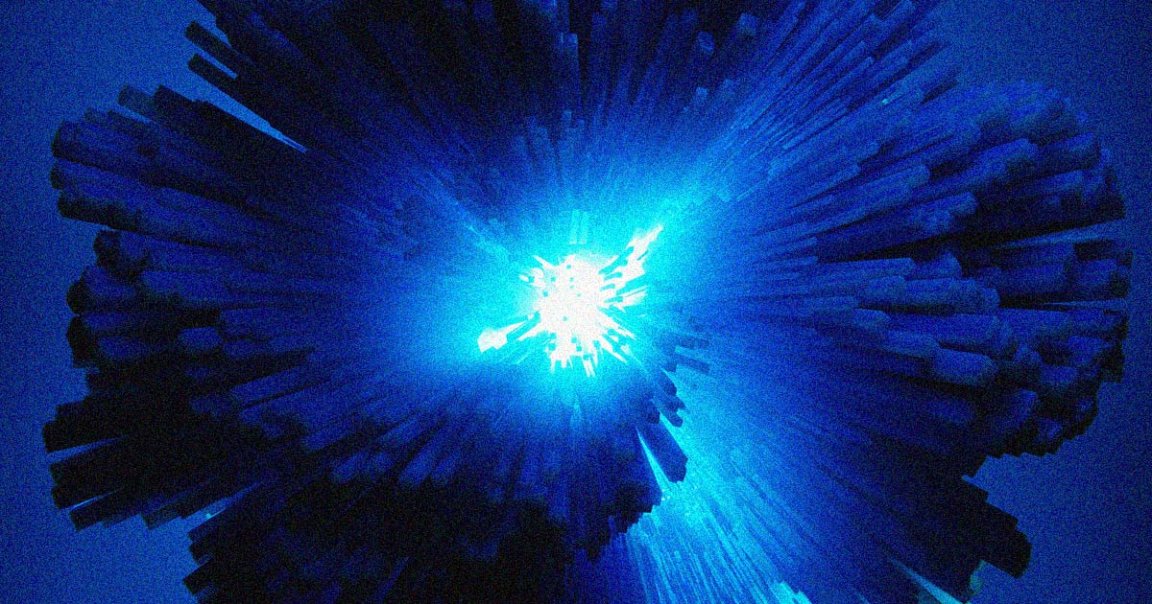
A researcher has revived an almost 100-year-old theory to refute that the Big Bang ever happened, challenging one of the most established theories in modern science.
As detailed in a paper published in the journal Particles, Kansas State University associate professor of computer science Lior Shamir argued that light photons lose their energy as they cover the vast distances of space.
This century-old “tired light” theory was first proposed by astronomer Fritz Zwicky in 1929 to explain the observation of redshift, or the decrease in photon energy of light as its wavelength increases, of distant galaxies as they move away from us.
In simple terms, it holds that the universe must be static rather than expanding at an accelerating rate, since the light would be losing energy over time instead of showing movement between galaxies.
Since then, astronomers have repeatedly disputed the theory, putting it on the fringe of physics. But now Shamir is pointing to data from the James Webb Space Telescope to resuscitate the idea.
“In the 1920s, Edwin Hubble and George Lemaitre discovered that the more distant the galaxy is, the faster it moves away from Earth,” said Shamir in a statement. “That discovery led to the Big Bang theory, suggesting that the universe started to expand around 13.8 billion years ago.”
“The tired light theory was largely neglected, as astronomers adopted the Big Bang theory as the consensus model of the universe,” Shamir explained. “But the confidence of some astronomers in the Big Bang theory started to weaken when the powerful James Webb Space Telescope saw first light.”
The groundbreaking telescope revealed a glaring discrepancy, Shamir argued, which should force us to reevaluate our current understanding of the creation of the universe.
Instead of showing an infant early universe while peering into the very earliest days of the universe, JWST observations have shown “large and mature galaxies,” Shamir argued. “If the Big Bang happened as scientists initially believed, these galaxies are older than the universe itself.”
By studying the way the redshift changes by taking into consideration the Earth’s constant rotational velocity around the center of the Milky Way, Shamir says he found that “the difference in the redshift increased when the galaxies were more distant from Earth.”
“Because the rotational velocity of the Earth relative to the galaxies is constant, the reason for the difference can be the distance of the galaxies from Earth,” he explained in the statement. “That shows that the redshift of galaxies changes with the distance, which is what Zwicky predicted in his Tired Light theory.”
However, whether other scientists would agree with Shamir’s reintroduction of Zwicky’s theory is doubtful. For one, as astronomers have previously argued, distant objects would appear more blurry if a photon’s energy were to be degraded. We have yet to observe photons losing their energy as they travel through space.
Scientists have also used observations and measurements of the cosmic microwave background, the cooled “fossil” remnants of the first light that traveled through the universe, to refute the idea that light loses energy as it travels.
More on the Big Bang: Scientists Say There May Have Been a Second Big Bang